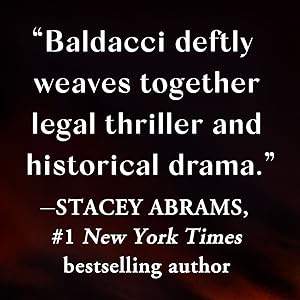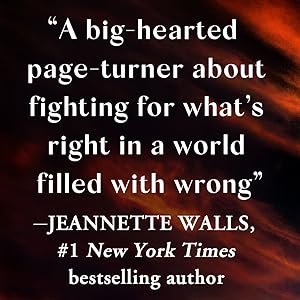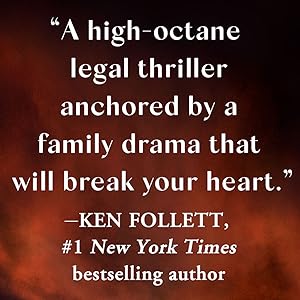I met Raegan Teller through our local Sisters in Crime Palmetto Chapter. In fact, Raegan and I were two of the founding members of the chapter. Since that time, she has independently published seven Enid Blackwell mysteries, marketing them herself through personal appearances at unique festivals and events, most of which are not focused on books. In addition, she has written numerous short stories and organized local Noir at the Bar programs.
Raegan, it’s a great pleasure to have you here at The Stiletto Gang to tell us about your writing journey.
If you have not already read Raegan Teller’s work, add it to your “to be read” list. You’ll truly enjoy it and find it’s an excellent holiday gift!
Paula Gail Benson
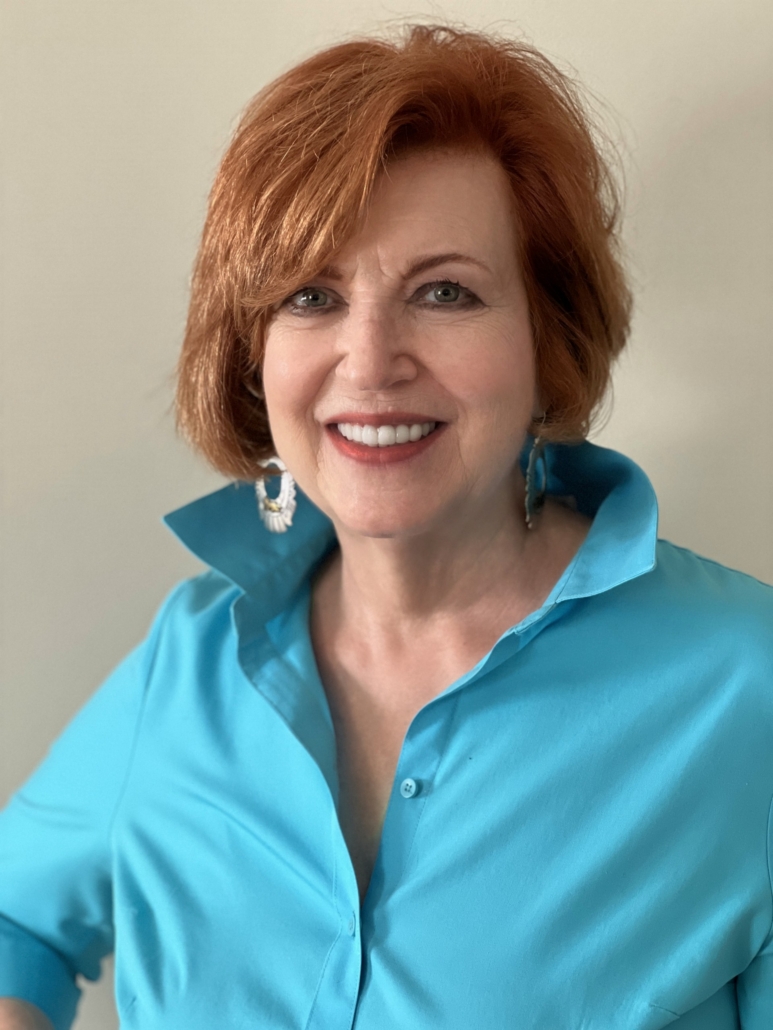
Raegan Teller
Q: What was your earliest memory of wanting to be an author?
RT: I began reading mysteries as a young girl: Nancy Drew, Trixie Belton, and then later Agatha Christie, Daphne Du Maurier, Victoria Holt, and Phyllis Whitney. Those were the mystery authors the library carried. And like most avid readers, I dreamed of writing my own novels one day. But it was just a pipe dream for most of my life.
Q: Your work experiences have shaped your writing. Tell us about your background and how it helped or found its way into your stories.
RT: I worked for a Fortune 100 company for most of my working life. I held numerous positions and roles, but the ones I enjoyed most were those with a lot of writing involved. But working for a large insurance company, I also investigated auto and other accidents, took statements from accident witnesses, and much more. When I left that company after 20+ years, I started my own management consulting company and found myself doing a lot of writing for my clients. I particularly enjoyed writing white papers because they are just another form of storytelling. I also did some editing work for clients. While my dream of writing a mystery got buried somewhere along the way, little did I realize that all those experiences would help me write mysteries. And my main character, Enid Blackwell, mirrors a lot of my own frustrations with large corporations. All of my work and life experiences have contributed in some way to my stories.
Q: In developing your craft, you studied a number of places with wonderful instructors. Tell us about your journey to becoming a fiction writer.
RT: I’m laughing as I respond to this question because my journey was rocky. First of all, while I was an experienced business writer and editor, I had never written fiction. The goal of business writing is to make sure all questions are answered and that you keep yourself and your feelings out of your writing. I was good at that. But when I tried to write fiction, I was baffled when it came to diving into my emotions and letting them feed by stories, or how to hide information from readers. Worse yet was allowing myself to mislead the readers with red herrings—false clues. Writing fiction was the total opposite of what I knew how to do, and it was maddening! So I took a number of workshops from writing experts around the country. One was Jerry Cleaver, who wrote Immediate Fiction and taught classes at The Writers’ Loft in Chicago. I quickly became annoyed with him, even though he was right. I can still hear him repeatedly saying “add more conflict.” As acclaimed as he was, his teaching style just never clicked for me—but I did learn to add more conflict! I also took a few workshops with Donald Maas (Writing the Breakout Novel), where I learned that my first novel would not be a breakout by his definition. At some point in my journey, I saw an advertisement for Alan Watt’s LA Writers Lab. He believed you should quickly write a novel in 90 Days and clean it up later. And I actually did finish a draft of my first novel in 90 days. (I’ve kept it to remind me how awful my writing can be.) But Watt clicked with me for reasons other than writing quickly, and I ended up doing individual coaching and numerous workshops with him. I loved how he taught story structure and made it less intimidating. He is a screenwriter, so I learned to visualize my story as I wrote. Like Cleaver, Watt offered me a constant reminder, but his was “go deeper.” By far, Watt was the most influential instructor I worked with. With his coaching, I produced the final version of my first novel, Murder in Madden, after three years of trial and error. (I wrote the second novel in eight months.)
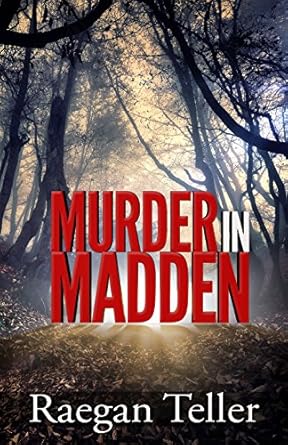
Q: You base your novels on cold cases and pending court matters. How did you decide the subject matter for each of your novels?
RT: My novels are inspired by, rather than based on, real-life crimes and events, that either happened near me or just resonated with me in some way. The genesis of my series was the murder of my husband’s seventeen-year-old cousin, who disappeared from a bus stop in Columbia, SC, in 1990. Several days later, they found her body but no has ever been charged with the murder. I wanted to write a non-fiction book about her with the message that we shouldn’t forget these victims. But I didn’t have enough material for a book. Instead, I decided to write a fictional story about a forgotten teenage victim, Rose Marie Garrett, in Murder in Madden. Following that pattern, I chose a real-life victim to be my muse for each subsequent novel.
Q: Is your protagonist, reporter Enid Blackwell, based on a real person? Does she share any of your characteristics?
RT: One of my earliest childhood heroes was Nellie Bly, one of the first female investigative journalists. From the time I read her biography, I wanted to be a journalist just like her. But like many young people, I was encouraged instead to pursue a more practical career. In many ways, Enid Blackwell is a contemporary version of Nellie Bly. As to whether Enid and I share characteristics, I get asked that question a lot. Many of my close friends and family see a lot of me in her. We both have red hair, and we’re both determined to accomplish what we set out to do—some would call that hardheaded. We both value friends and family. But she’s far braver than I, and unlike Enid, I like to cook.
Q: How did you decide to publish independently? What benefits does that offer? What difficulties does it present?
RT: I used to teach a class on self-publishing that was four hours long, but I’ll try to be brief here. When I began looking at publishing options for my first book around 2015, I interviewed both traditionally published and independently published authors—of which there were few at that time. Self-publishing was just emerging as a viable option and was still shaking off its vanity press reputation. The indie authors I talked with had all turned to SP when they were unable to get an agent and/or publisher. SP was not their choice but their fallback. After spending all my working life in large corporations and then owning my own consulting firm, managing my own publishing company was appealing. I knew how to set up and run a small business. And I made a vow to myself that if I made the decision to go indie, I would not try traditional publishing at all. I wanted to choose SP, not use it as a fallback. So I formed Pondhawk Press LLC. SP is a lot of work because you’re running a business. You make investments in cover design, editing, proofing, etc., with your own money, so you need to have cash to get started. DIY is not advised! I do a lot of in-person events, so my husband, who is also my business partner, manages our inventory, provides set-up assistance, helps scope out new venues, and much more. I couldn’t do it without the help of my team, which also includes my editor, proofreader, cover designer, and more. And of course, you have to promote your work constantly on social media and elsewhere. You have to have a marketing plan. It’s a lot of work, but very rewarding for me. I’ll conclude by saying that SP is definitely not for everyone, but for some of us it’s the only way to go.
Q: Which characters have you particularly enjoyed writing? Are they the characters readers identify with most?
RT: My protagonist, Enid Blackwell, has become a close friend. We talk all the time, and she helps me when I get stuck—usually in the dreaded “middle.” I sometimes ask her questions before I fall asleep at night, and she usually gives me an answer. Aside from Enid, there are many “favorite” characters in my books. In addition to Enid, my readers love Jack Johnson, the newspaper editor, and Josh Hart, Enid’s love interest. Some of my favorites include Sheriff Boogie Waters (Secrets Never Told) and Drake Harrow the police investigator and Cassandra the fortune teller, in my latest novel Murder Vision. Harrow, aka Big D, is part Jamaican and I enjoyed learning a bit of Patois, a form of Jamaican creole, for his character. My readers love the series’ characters and often comment on them. I’m fortunate to have both male and female loyal readers, and I’m always surprised and delighted when they tell me who their favorite characters are and what they like about them.
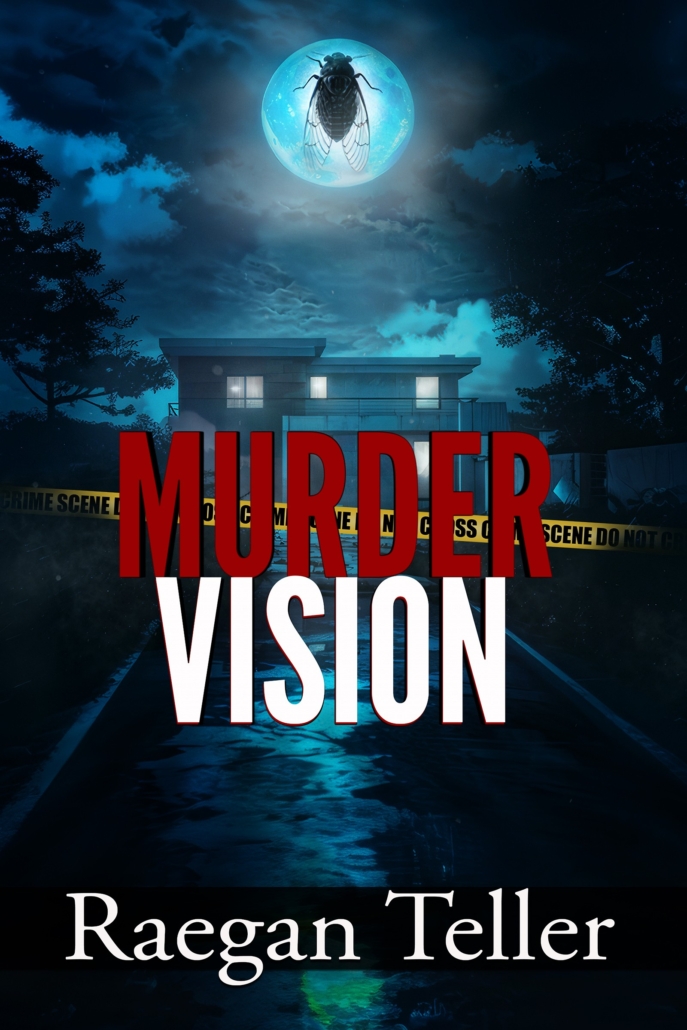
Q: Did you always know you would write a series?
RT: Heck no! I wrote Murder in Madden as a way to honor a real-life, forgotten victim. But I fell in love with my characters and knew they had more stories to tell. So I declared at my first book launch that I would have four books in the series—a number I just pulled out of the air. But after four books, I kept going. The seventh novel in the series, Murder Vision, was published in September 2024 and will be the last in that series—at least for a while. But I already miss talking with Enid.
Q: You also write short stories. What challenges do they present?
RT: I love the challenge of developing a character and telling a story in a few words. My sweet spot is around 2000 words, but I enjoy flash fiction also. Short stories are fun to write, and they keep me writing between novels. I love to write stories from image prompts. There’s a picture on the bulletin board in my office of a lone grave in the middle of a field in Lexington that I took not long ago. I can’t wait to write a story about it.
Q: How do you like organizing Noir at the Bar events? What do writers learn from reading their stories out loud?
RT: I absolutely love Noir at the Bar! I host these at a local bar several times a year and invite other authors to participate. Humans are storytellers by nature, and sharing stories with others is very primal for me. Writing for an audience, like at Noir events, is different than writing for print readers. For one thing, you have to use more dialogue tags because the audience can’t see where the characters change as they would on a page, so they can get confused if the writer isn’t clear on who’s speaking. I read all my novels and stories aloud during the editing process, and it’s a great way to spot areas that may be confusing. Also, writing for a live audience is not the place to be “literary.” Stories that might be appropriate for a literary magazine typically don’t play well to an audience because they are often abstract. Reading for a live audience works best when you stick to writing an entertaining story that has a clear beginning, middle, and end—like a story you’d tell around a campfire.
Q: What advice would you give to writers?
RT: Two things. The first is to keep writing. It’s easy to get distracted and lose focus. There are many reasons you can give yourself for not writing but only one reason to keep going: you must write because your heart compels it. The second piece of advice is to be clear to yourself about your writing goals. There’s nothing wrong with writing as a hobby with no inclination to get published. But if you do decide to publish, be clear about what you want from it—recognition or fame, money, self-satisfaction, or something else. And whatever your goal is, be certain you’re willing to invest your time, money, and other resources into achieving that goal. Self-publishing has made it somewhat easy to publish a book, but then many writers despair because their sales are low. And many traditionally published authors are having to do most of the promoting themselves because of budget cuts. Many writers I’ve talked with have admitted they have no marketing plan, run no ads, and have no goals other than to “sell more books.” Then I have to ask, “Why are you writing? What do you hope to achieve? And if that goal is important, what are you willing to do to make it happen?”
Q: How has your family influenced your writing?
RT: My own family has been very supportive, and my husband in particular is my rock. Without him, I couldn’t do what I do. My sister is always talking about and selling my books. While I’m fortunate to have a wonderful, loving family, I know that not everyone is as blessed. Relationships in general are complex. My books often explore the complexities within both blood and chosen families, which often include betrayal, heartache, and worse.
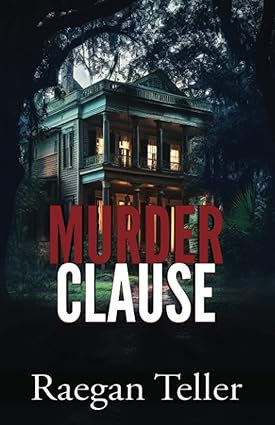
Q: What are you writing now?
RT: I recently started writing a new series set in Raven’s Rest, NC, a small, fictitious town in the Blue Ridge Mountains. I prefer to read and write about small towns rather than large cities because I love the interplay of everybody-knows-everybody and everybody-has-a-secret. I’m also working on what I think will be a stand-alone novella titled Burning Memories. I can write short and I can write long, so I want to challenge myself to write a mid-length 30K to 40K story. It will be a departure from murder mysteries—more in the style of Nicholas Sparks. Recently, I’ve been reading Stephen King’s novellas because he’s a master of the novella, as is Jo Nesbo.
For more information, visit Raegan Teller.com or the Enid Blackwell Mystery Series on Amazon.
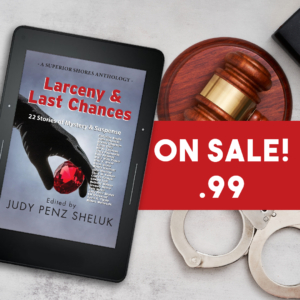 I received some very good news recently when I learned that Larceny & Last Chances: 22 Stories of Mystery & Suspense, published by my imprint, Superior Shores Press, had been shortlisted for the 2025 Derringer Award for Best Anthology. For those of you unfamiliar with the Derringer, it’s a bit like the Short Mystery Fiction Society’s “Oscar” but until this year, there was never a category for anthologies. On making the inaugural shortlist, I sort of felt a bit like Ruth Gordon, when she said, “I can’t tell you how encouragin’ a thing like this is.” after winning the Best Actress Award for Rosemary’s Baby.
I received some very good news recently when I learned that Larceny & Last Chances: 22 Stories of Mystery & Suspense, published by my imprint, Superior Shores Press, had been shortlisted for the 2025 Derringer Award for Best Anthology. For those of you unfamiliar with the Derringer, it’s a bit like the Short Mystery Fiction Society’s “Oscar” but until this year, there was never a category for anthologies. On making the inaugural shortlist, I sort of felt a bit like Ruth Gordon, when she said, “I can’t tell you how encouragin’ a thing like this is.” after winning the Best Actress Award for Rosemary’s Baby.
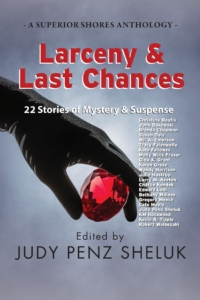 May 2024: Finalize cover art (with a nod to my graphic artist, Hunter Martin).
May 2024: Finalize cover art (with a nod to my graphic artist, Hunter Martin).
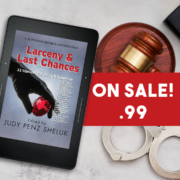
 Author Lynne Freeman claims this happened to her. She alleges her former agent worked with a publisher to find another author to write the YA paranormal fantasy romance Crave that infringes her unpublished YA paranormal fantasy romance Blue Moon Rising. In 2022, Freeman brought a copyright infringement lawsuit (1:22-cv-024350), naming her agent and publisher among others as defendants. Her complaint consists of 87 pages detailing the similarities she alleges between CRAVE and her manuscripts and notes.
Author Lynne Freeman claims this happened to her. She alleges her former agent worked with a publisher to find another author to write the YA paranormal fantasy romance Crave that infringes her unpublished YA paranormal fantasy romance Blue Moon Rising. In 2022, Freeman brought a copyright infringement lawsuit (1:22-cv-024350), naming her agent and publisher among others as defendants. Her complaint consists of 87 pages detailing the similarities she alleges between CRAVE and her manuscripts and notes. Unfortunately, this sort of dispute isn’t new to the publishing world. Over the years, there have been other notable cases. Think back to when Nora Roberts sued Janet Dailey. And don’t forget Tess Gerritsen’s Gravity Lawsuit.
Unfortunately, this sort of dispute isn’t new to the publishing world. Over the years, there have been other notable cases. Think back to when Nora Roberts sued Janet Dailey. And don’t forget Tess Gerritsen’s Gravity Lawsuit. 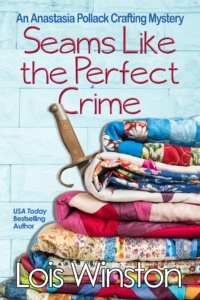 By Lois Winston
By Lois Winston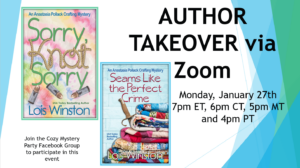 P.S.: On Monday evening, January 27th at 7pm ET (6pm CT, 5pm MT, and 4pm PT), I’ll be the guest of the Cozy Mystery Party Facebook Group, hosted by Heather Harrisson and Shawn Stevens. If you’d like to join in for a fun hour + of all things murder, mayhem, and cozy mysteries (there will be prizes and surprises!), join the group at
P.S.: On Monday evening, January 27th at 7pm ET (6pm CT, 5pm MT, and 4pm PT), I’ll be the guest of the Cozy Mystery Party Facebook Group, hosted by Heather Harrisson and Shawn Stevens. If you’d like to join in for a fun hour + of all things murder, mayhem, and cozy mysteries (there will be prizes and surprises!), join the group at 
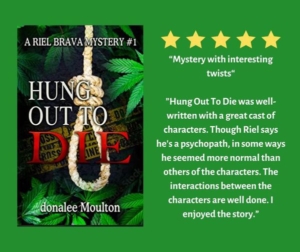 Let’s start with the obvious.
Let’s start with the obvious. 








 Bethany Maines is the award-winning author of action-adventure and fantasy tales that focus on women who know when to apply lipstick and when to apply a foot to someone’s hind end. She can usually be found chasing after her daughter, or glued to the computer working on her next novel (or screenplay). You can also catch up with her on
Bethany Maines is the award-winning author of action-adventure and fantasy tales that focus on women who know when to apply lipstick and when to apply a foot to someone’s hind end. She can usually be found chasing after her daughter, or glued to the computer working on her next novel (or screenplay). You can also catch up with her on  Good Monday morning. The Stiletto Gang is a group of authors that touch mostly on marketing, the craft of writing, the concept behind our books and/or the genre of what we’re writing. Last week, two of our authors didn’t just touch on a topic, they challenged it and downright addressed the world’s most serious problems.
Good Monday morning. The Stiletto Gang is a group of authors that touch mostly on marketing, the craft of writing, the concept behind our books and/or the genre of what we’re writing. Last week, two of our authors didn’t just touch on a topic, they challenged it and downright addressed the world’s most serious problems.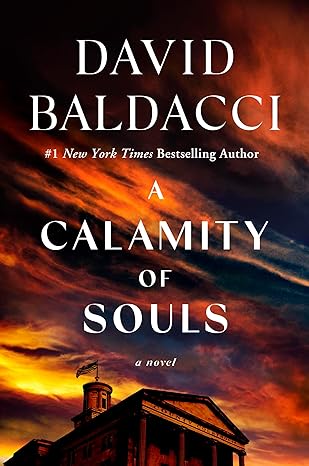 Set in the tumultuous year of 1968 in southern Virginia, a racially-charged murder case sets a duo of white and Black lawyers against a deeply unfair system as they work to defend their wrongfully-accused Black defendants in this courtroom drama from #1 New York Times bestselling author David Baldacci.
Set in the tumultuous year of 1968 in southern Virginia, a racially-charged murder case sets a duo of white and Black lawyers against a deeply unfair system as they work to defend their wrongfully-accused Black defendants in this courtroom drama from #1 New York Times bestselling author David Baldacci.